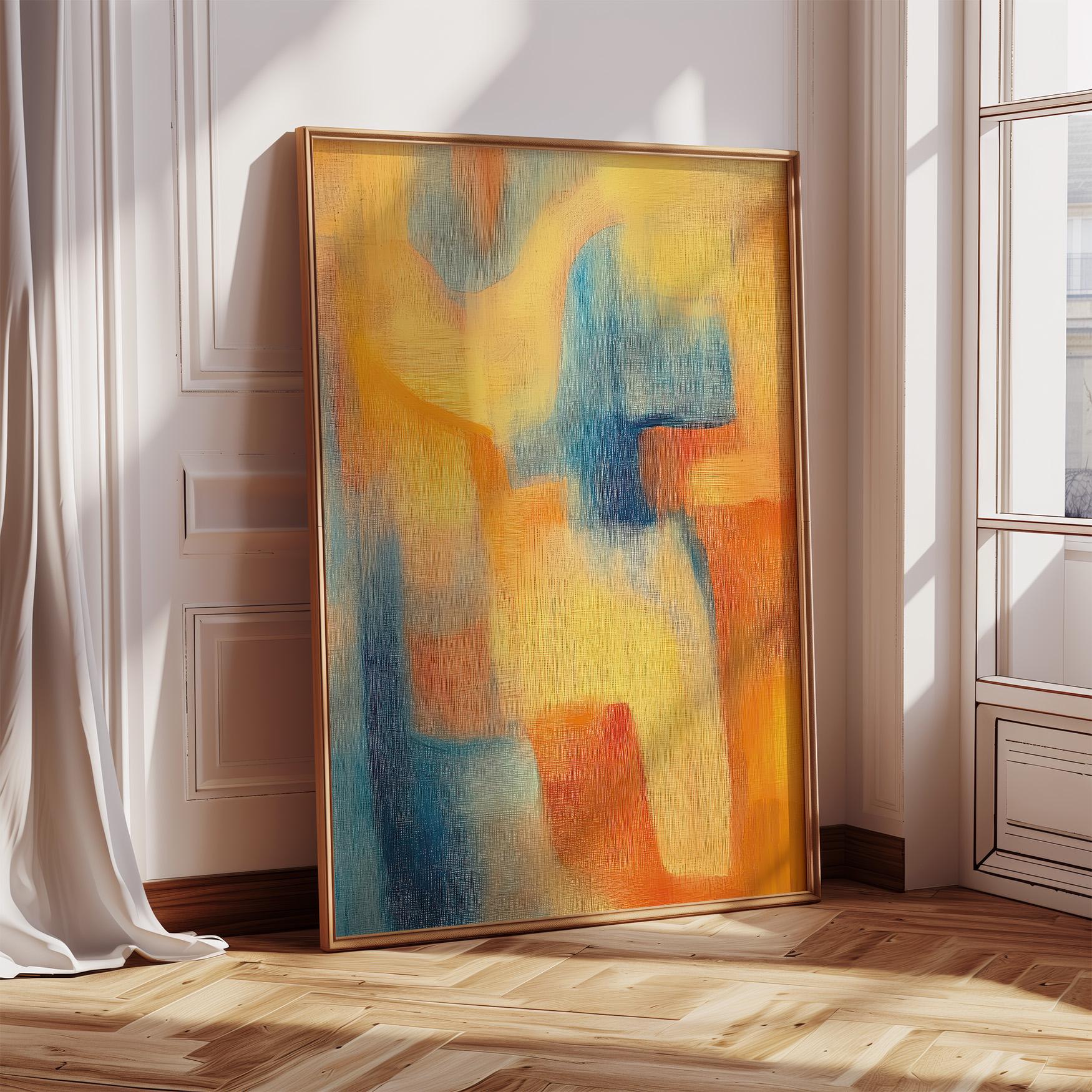What Makes Vintage Japanese Art So Captivating?
Vintage Japanese art holds a timeless charm. It reflects centuries of culture, philosophy, and craftsmanship. From elegant Japanese woodblock prints to delicate paintings on silk, this style draws us into a world where every brushstroke carries meaning. These works are more than decor—they are signs of beauty, wisdom, and history preserved on paper, wood, and silk.
Japanese Art Through the Ages
Japanese art has always paid close attention to detail. Whether it's the curve of a cherry blossom petal or the grain of wood in a temple print, every element is considered. Art from Japan includes many forms: ink paintings, textile designs, decorative screens, and woodblock prints. Over the years, artists developed a catalogue of techniques and styles that are still celebrated worldwide.
The Elegance of Japanese Painting
Japanese painting is rooted in nature and philosophy. Artists often focused on seasonal changes, plants, and animals. This style is not just about what you see; it’s about entering a mindset. The calm of falling snow, the fleeting bloom of cherry blossoms, the wise stillness of an old tree—these subjects capture emotion through simplicity.
Antique Japanese Treasures: More Than Meets the Eye
Antique Japanese artwork is not just old; it's wise. Objects that have endured time hold energy. Whether it's a faded scroll, a cracked ceramic pot, or an aged screen, each piece carries signs of use, age, and memory. These elements are not flaws. They're the soul of the work.
Japanese Woodblock Prints: Stories in Layers
One of Japan's most famous contributions to global art is the woodblock print, or ukiyo-e. These prints were often mass-produced, but their craftsmanship was far from simple. Artists first drew the image.


Then carvers etched it into wood. Each color needed a separate block. The result? Bold, vibrant prints layered with depth and emotion.
Cherry Blossoms in Art: A Fleeting Beauty
Cherry blossoms are one of the most beloved subjects in Japanese art. Why? Because they bloom briefly. They remind us that beauty is often temporary. Artists have long used blossoms as a symbol of time, change, and reflection. Whether painted on a screen or printed on a fan, they offer a moment to pause.
Materials That Speak: Wood, Paper, and Silk
Vintage Japanese art often uses natural materials. Wood panels, handmade paper, and woven silk are common surfaces. These materials aren’t just functional; they shape the final look. The texture of paper or the sheen of silk influences how the ink or paint behaves. These choices add warmth and honesty to each piece.
Influenced by Nature, Guided by Thought
Much of Japanese art is influenced by Zen Buddhism, Shinto beliefs, and a love of nature. These elements show in the way artists depict objects.


A rock isn’t just a rock. It might represent strength, time, or stillness. A wave isn’t just water. It might carry emotion or signal change. The style is never loud. It draws you in.
Folding Screens and Sliding Doors as Art
In Japan, art has always been part of daily life. Screens and sliding doors (byobu and fusuma) were often painted with landscapes, birds, and seasonal scenes. These weren’t just decorations. They shaped how people moved through space. The art on them changed a room’s mood. It was functional, beautiful, and considered.
Objects of Beauty, Mindfully Created
From lacquer boxes to scroll paintings, Japanese art objects were designed with intention. Artists didn't just make something to look nice. They thought about how it would be used, where it would live, and how it would age. Each object was a quiet sign of care.
The Importance of Catalogue and Record
Collectors of vintage Japanese art often refer to catalogues listing known works and artists. These references help identify pieces and trace their history. Many works are considered national treasures. Some are listed in museum archives or auction records. Knowing where a piece has been adds to its story.
Japanese Art Collections at Laboo Studio
At Laboo Studio, you’ll find art prints inspired by vintage Japanese styles. From soft cherry blossom compositions to bold woodblock-style prints, each piece channels the spirit of traditional Japanese aesthetics. Browse our catalogue for works influenced by the beauty and wisdom of Japan.
Signs of Time: Why Imperfection Matters
In Japanese art, signs of age aren't damage. They’re part of the work.


A faded print or worn edge adds depth. It tells you this piece lived a life. Wabi-sabi, the idea of beauty in imperfection, is key. In antique Japanese pieces, wear is not a flaw—it’s a feature.
What to Consider When Entering the World of Japanese Art
Before buying or collecting, consider what draws you in. Is it the style? The material? The subject? Look for works that speak to your mind and fit your space. Pay attention to paper quality, color age, and any signs of authenticity. A wise purchase is one that continues to hold your attention over time.
Works That Speak Without Words
Great Japanese art doesn’t shout. It whispers. It asks you to slow down. A simple brushstroke on silk might say more than a thousand words. This quiet power is what makes vintage Japanese art timeless.
Japanese Art in the Modern World
Today, vintage Japanese art influences everything from interior design to fashion. Prints once created for everyday homes are now framed in galleries. Their appeal crosses cultures and generations. Why? Because they speak to something universal: the human desire for meaning, beauty, and connection.
The Year That Started Your Collection
Maybe this is the year you start your own journey. Add a print to your wall. Study its lines. Notice the way it changes with the light. Each piece you bring home isn’t just a decoration. It’s a window into Japan’s artistic heart.











































